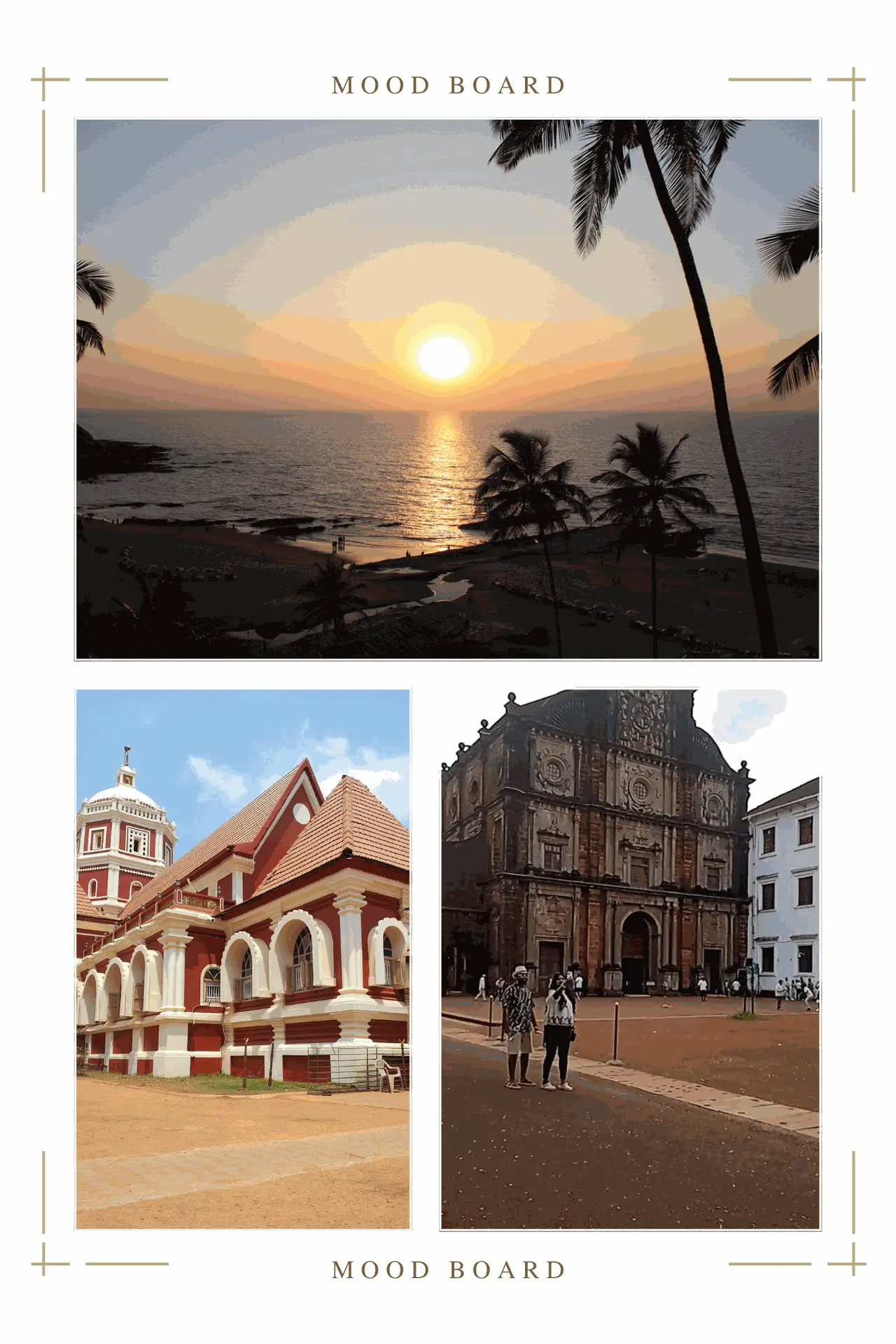Skip to Content
Goa, India's smallest state by area, is a vibrant and picturesque destination nestled on the country's western coast along the Arabian Sea. Renowned for its sun-drenched beaches, colonial-era architecture, vibrant nightlife, and a unique fusion of Indian and Portuguese cultures, Goa is one of India's most popular tourist destinations, often referred to as the "Pearl of the Orient."
A Rich and Layered History
Goa's history is marked by the influence of several empires, but it was the arrival of the Portuguese in 1510 that shaped its modern identity. For approximately 450 years, Goa was a prized overseas territory of the Portuguese Empire, serving as a major hub for trade and commerce between the East and the West. This long period of colonial rule left an indelible mark on every aspect of Goan life, from its religion and architecture to its cuisine and language.
The Portuguese influence came to an end on December 19, 1961, when India launched "Operation Vijay" and liberated the territory. Goa, along with Daman and Diu, was administered as a Union Territory until May 30, 1987, when it was granted full statehood, becoming the 25th state of the Indian Union.
Geography and Climate
Located on the Konkan coast, Goa is bordered by Maharashtra to the north and Karnataka to the east and south. The state is divided into two districts:
North Goa: Known for its vibrant nightlife, bustling flea markets, and popular beaches like Calangute, Baga, Anjuna, and Vagator.
South Goa: Characterized by its more tranquil atmosphere, pristine white-sand beaches like Palolem, Colva, and Benaulim, and luxurious resorts.
The state's landscape is diverse, featuring a stunning coastline that stretches for over 100 kilometers, lush green paddy fields, and the rolling hills of the Western Ghats in the interior.
Goa experiences a tropical monsoon climate, with hot and humid summers, a heavy monsoon season from June to September, and pleasant, dry winters from late October to March, which is the peak tourist season.
A Unique Cultural Blend
Goa's culture is a captivating blend of Indian and Portuguese traditions. This synthesis is visible everywhere:
Architecture: The state is dotted with magnificent Portuguese-era churches and convents, many of which are part of the UNESCO World Heritage site in Old Goa (Velha Goa). These stand alongside beautiful Hindu temples built in the traditional Konkani style.
Festivals: Goa celebrates both Hindu and Christian festivals with great fervor. The Goa Carnival, a vibrant three-day event of parades and music before Lent, and the Feast of St. Francis Xavier are major Christian celebrations. Shigmo, the spring festival, and Ganesh Chaturthi are prominent Hindu festivals.
Music and Dance: Goa has a rich tradition of music and dance. The lively tunes of Konkani folk music, the elegant Portuguese Fado, and the energetic beats of Trance music all find a home here. Traditional dance forms like the Dekhni, Fugdi, and Corridinho are popular cultural expressions.
Cuisine: Goan cuisine is a delectable fusion of Konkani and Portuguese flavors. Seafood is a staple, and dishes are often flavored with coconut, vinegar, and a variety of local spices. Famous dishes include Vindaloo, Xacuti, Cafreal, and the classic Goan fish curry rice.
Government and Politics
As a state in the Indian Union, Goa has a unicameral legislature with a 40-member Legislative Assembly.
Capital: The state capital is Panaji.
Largest City: Vasco da Gama.
Chief Minister: The current Chief Minister of Goa is Pramod Sawant.
Governor: The current Governor is P. S. Sreedharan Pillai.
Economy and Livelihood
Goa boasts one of the highest GDP per capita in India. Its economy is driven by several key sectors:
Tourism: This is the backbone of Goa's economy, attracting millions of domestic and international tourists each year.
Mining: The extraction of iron ore has historically been a significant industry, though it has faced regulatory challenges and suspensions in recent years.
Pharmaceuticals: Goa has a thriving pharmaceutical industry, with several major Indian and multinational companies having manufacturing units in the state.
Agriculture: Rice, cashews, coconuts, and areca nuts are the main agricultural products.
Must-Visit Attractions
Beyond its famous beaches, Goa offers a wealth of attractions:
Old Goa (Velha Goa): A UNESCO World Heritage site featuring magnificent churches like the Basilica of Bom Jesus (which holds the mortal remains of St. Francis Xavier) and the Se Cathedral.
Dudhsagar Falls: A spectacular four-tiered waterfall located on the Mandovi River on the border with Karnataka.
Spice Plantations: Guided tours of spice plantations in the interior offer an aromatic and educational experience.
Fort Aguada: A well-preserved 17th-century Portuguese fort overlooking the Arabian Sea.
Anjuna Flea Market: A famous weekly market known for its eclectic mix of hippie culture, souvenirs, clothing, and handicrafts.
Goa's laid-back charm, scenic beauty, and rich cultural tapestry make it a unique and unforgettable destination.
